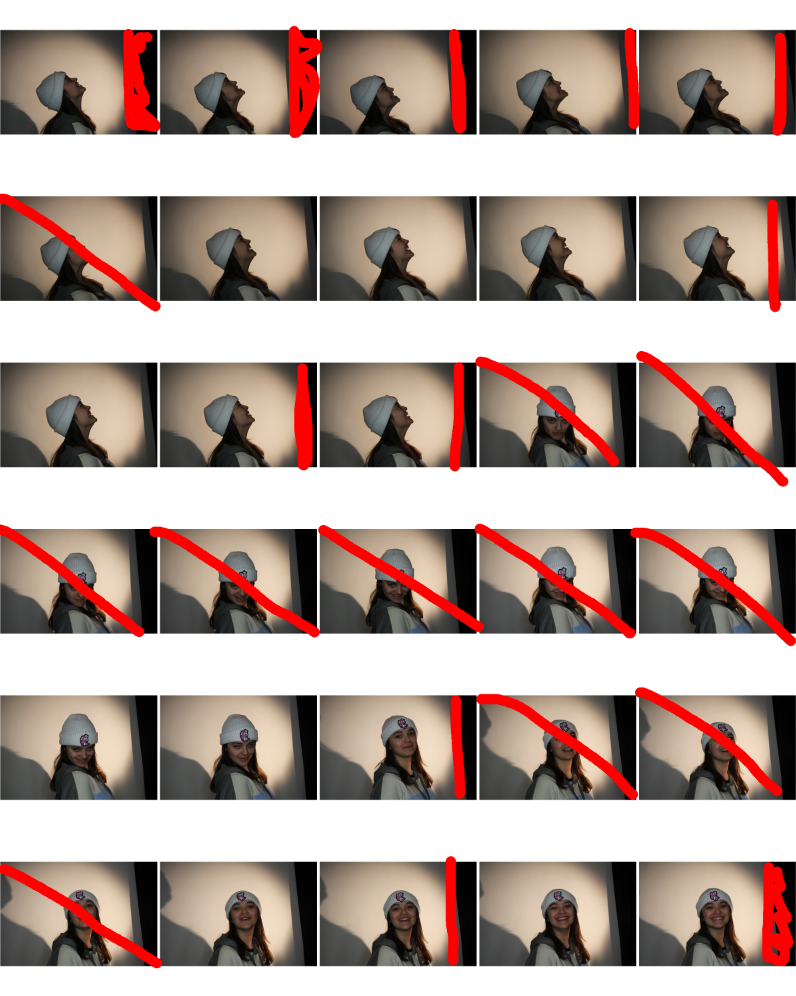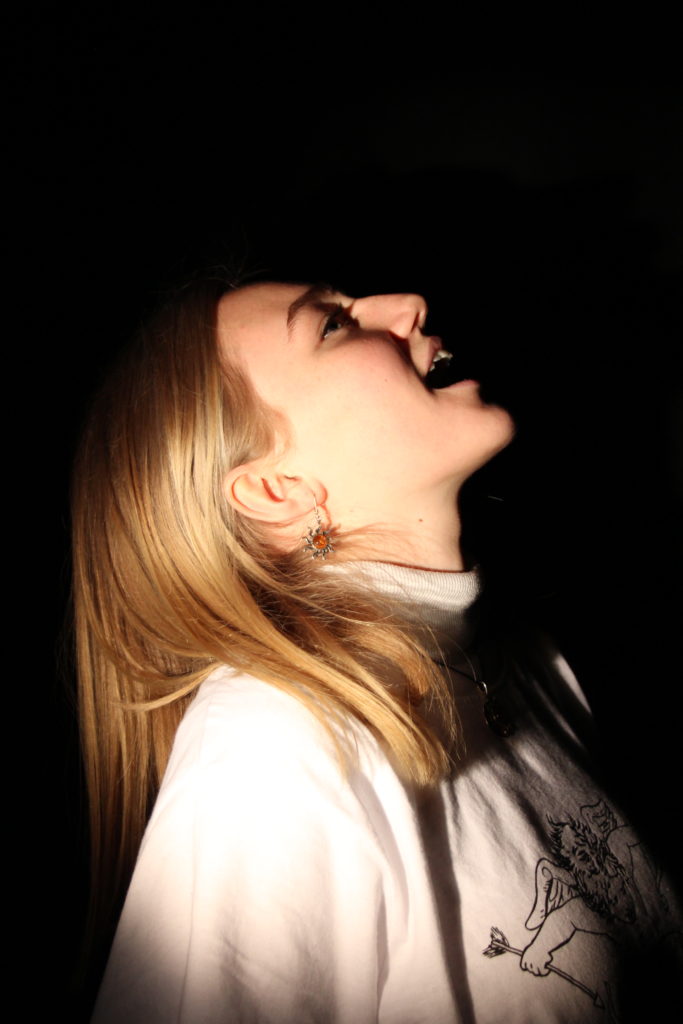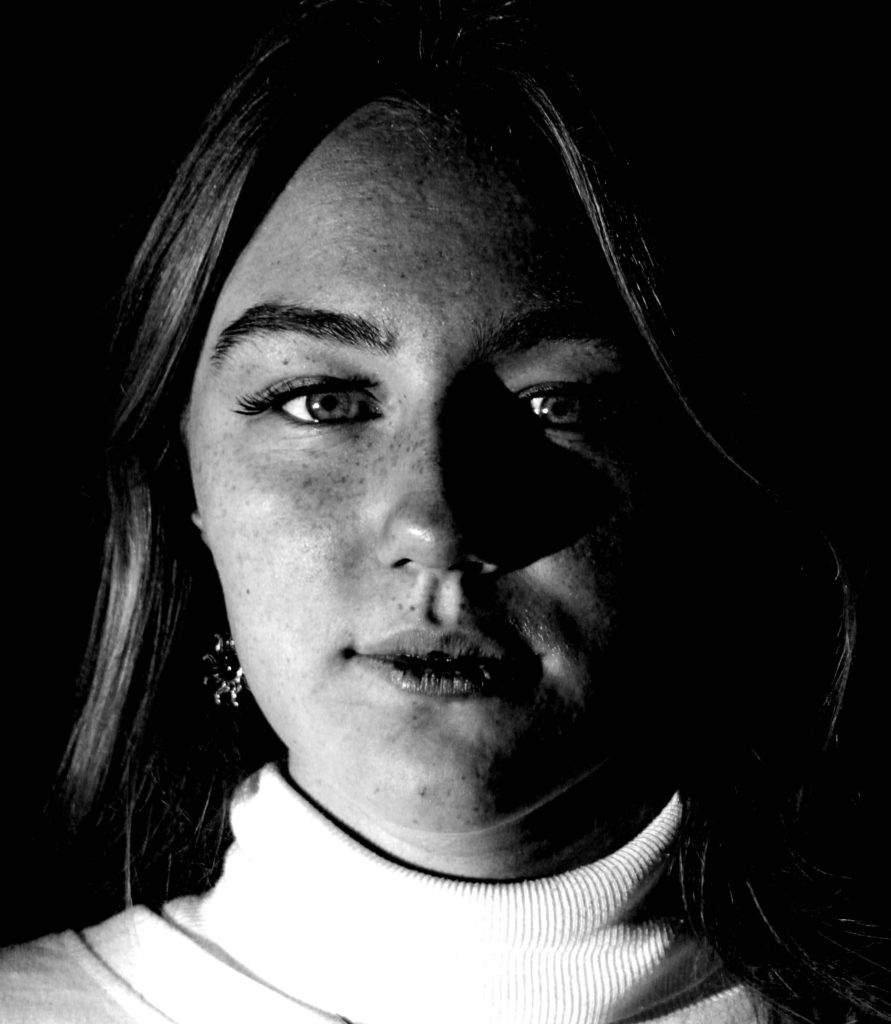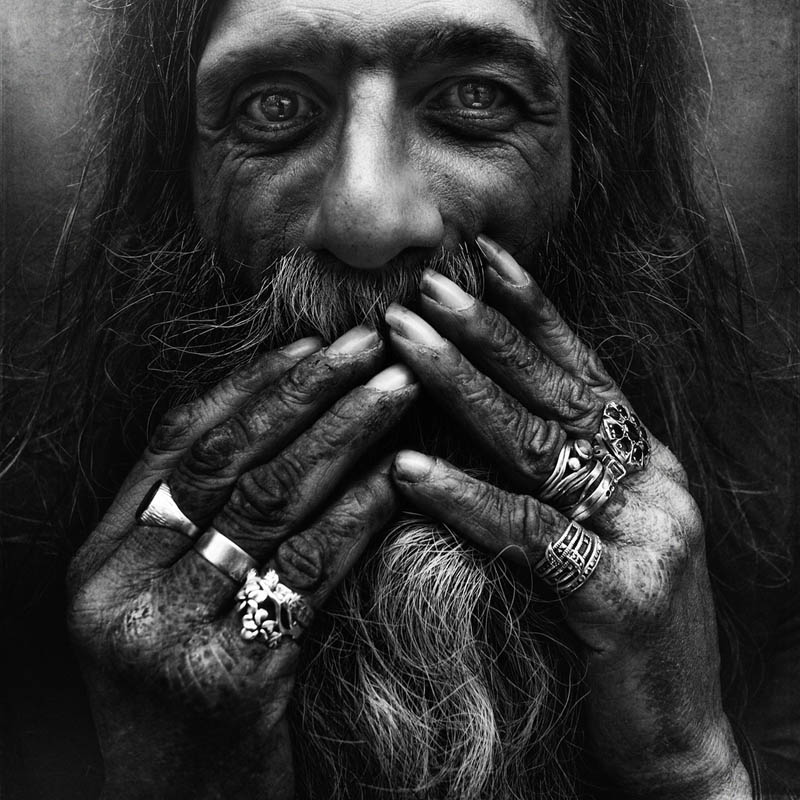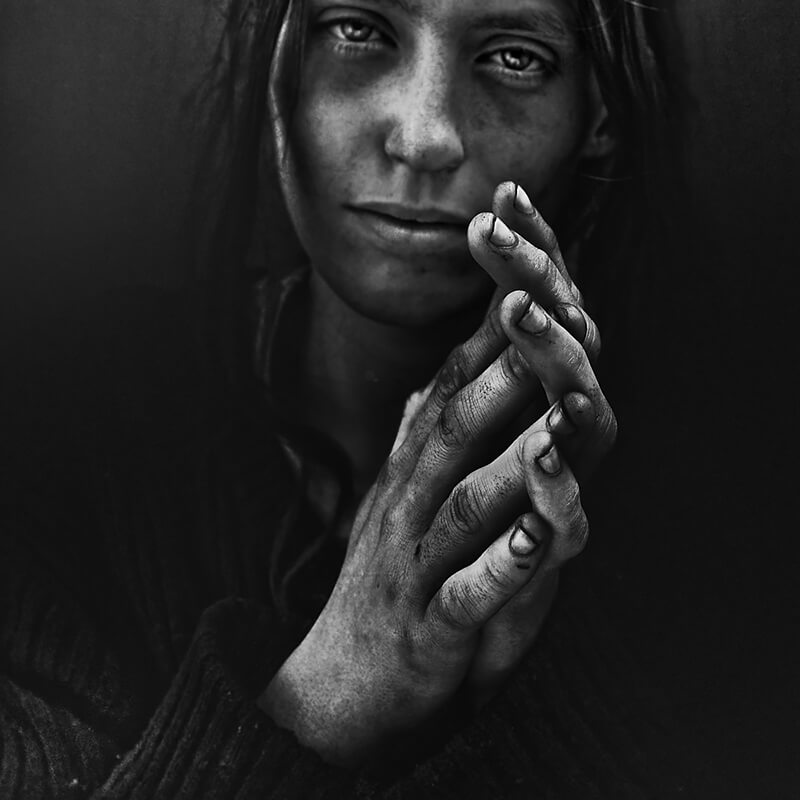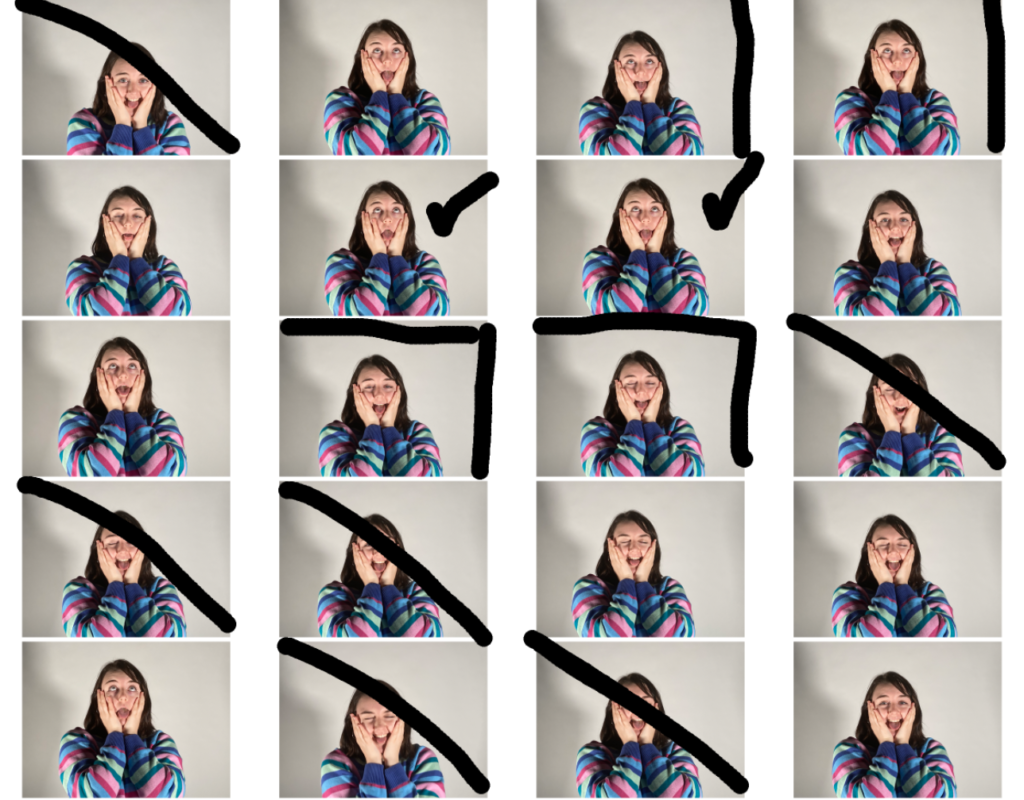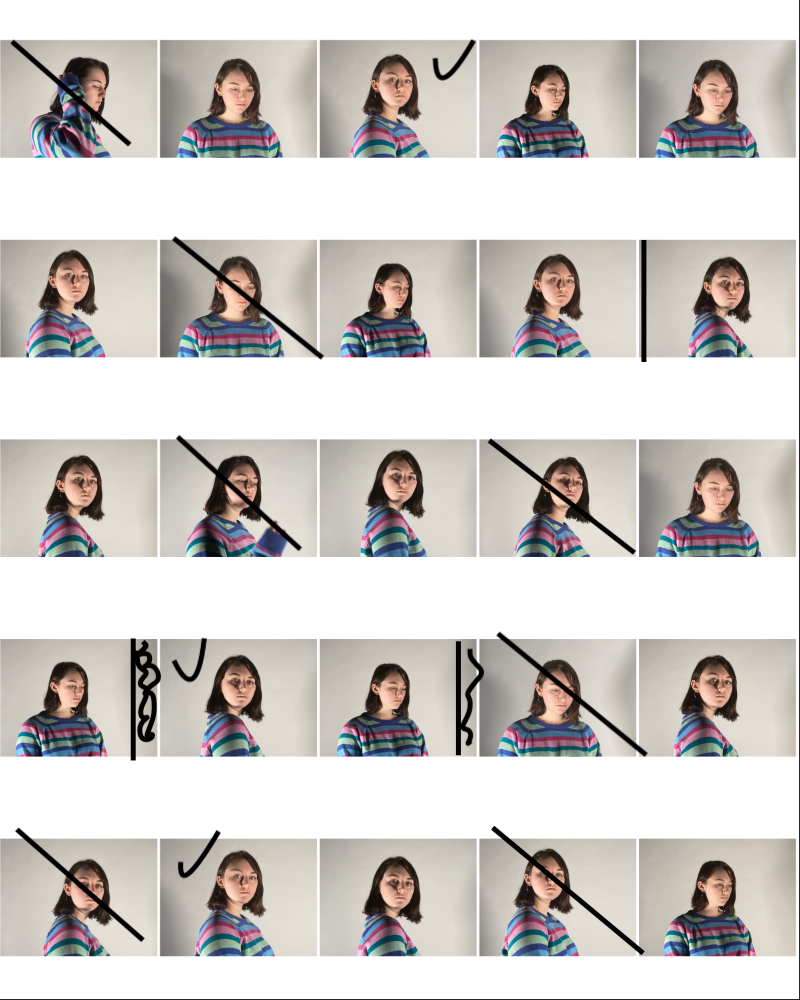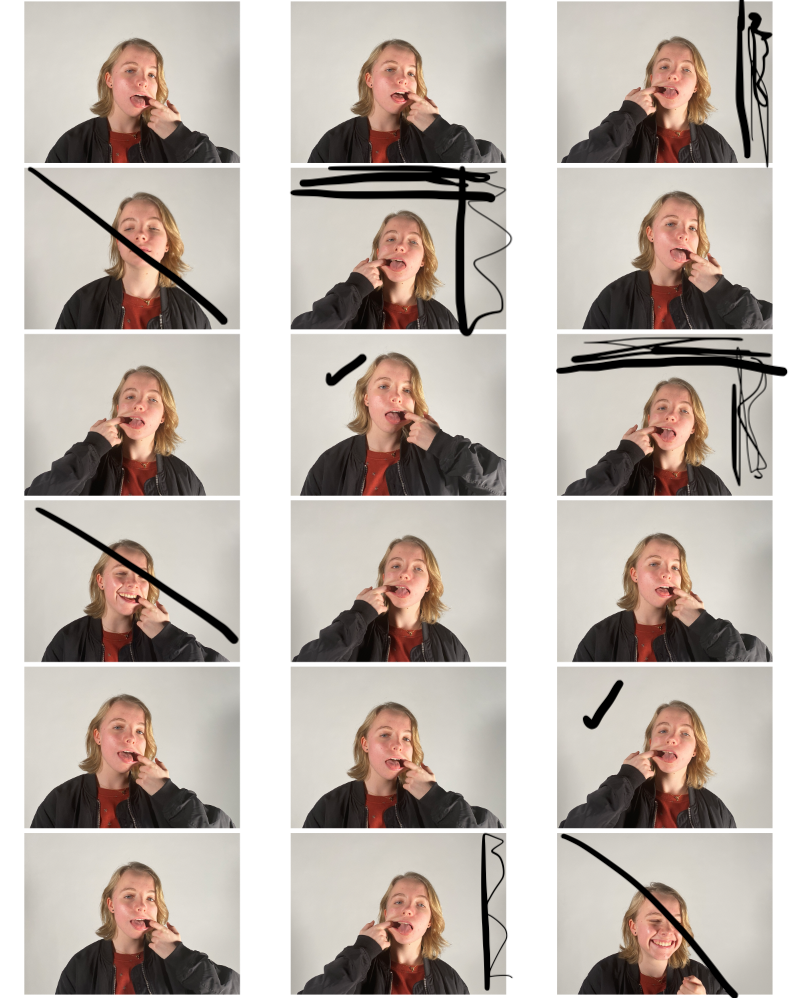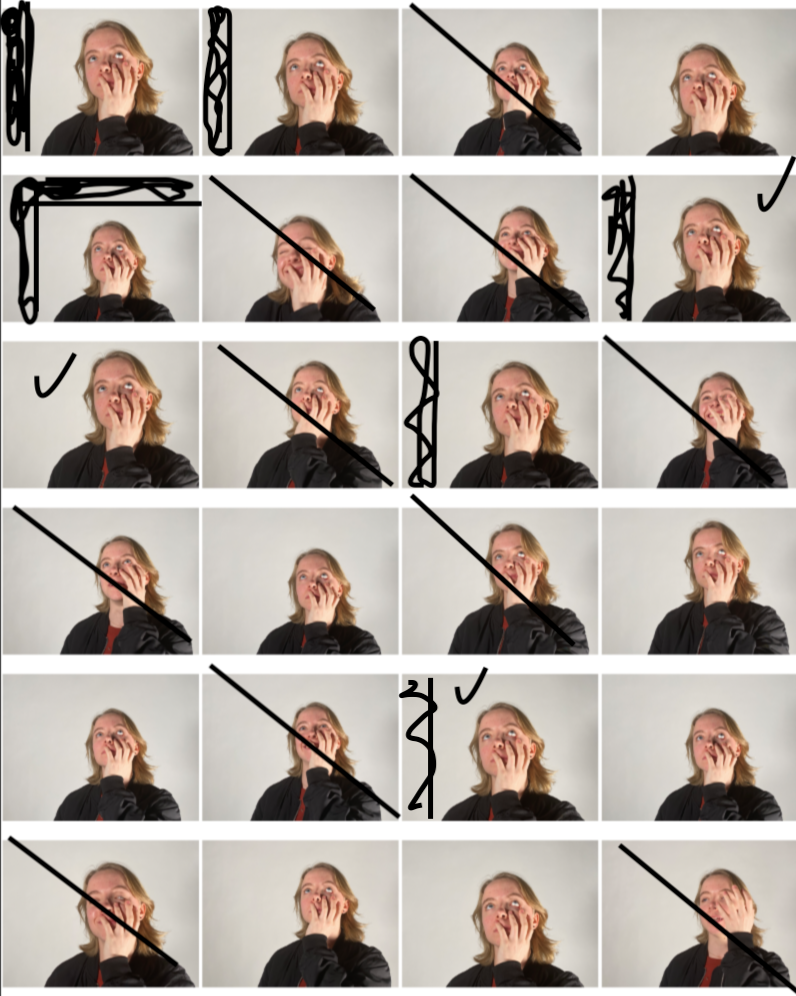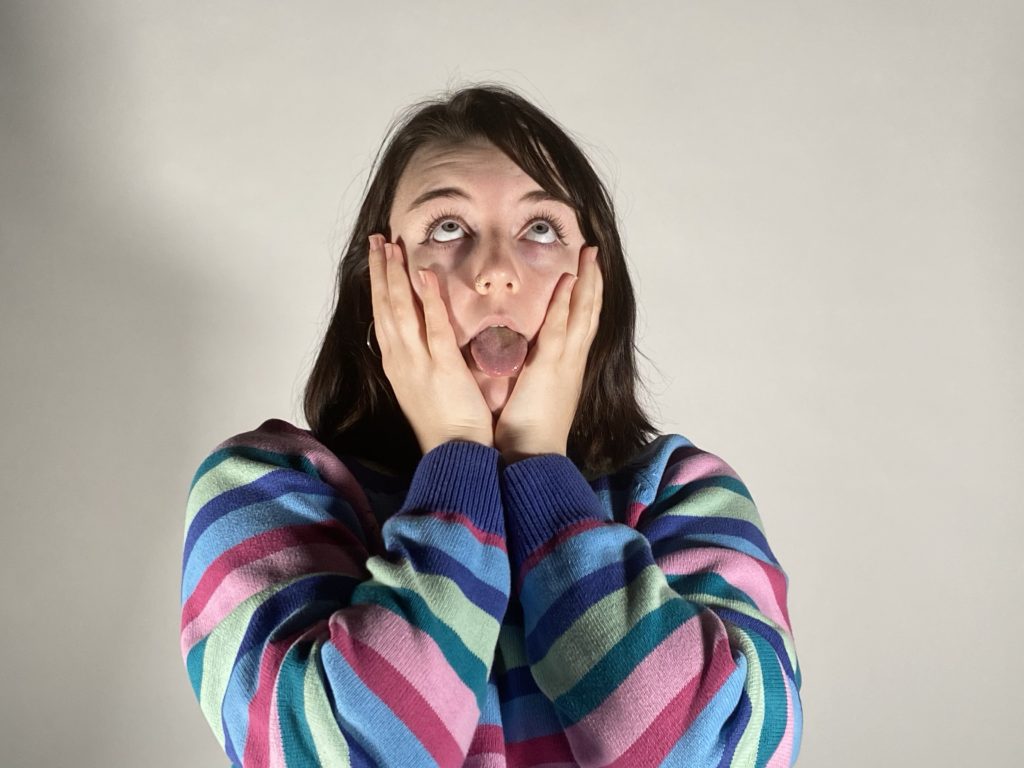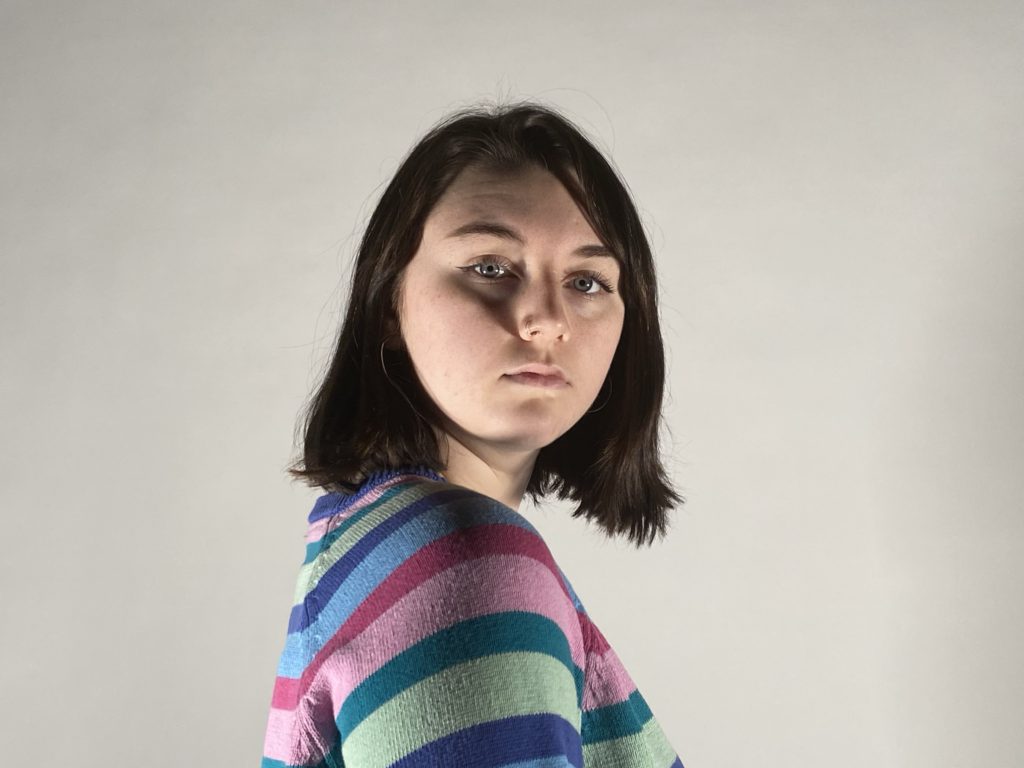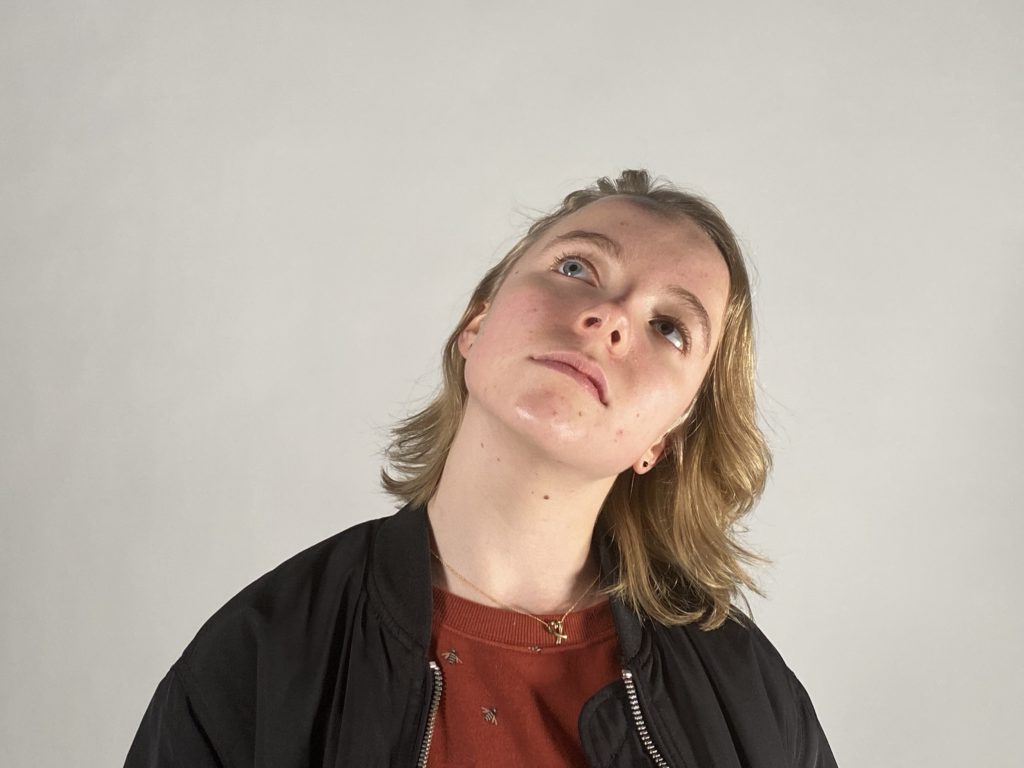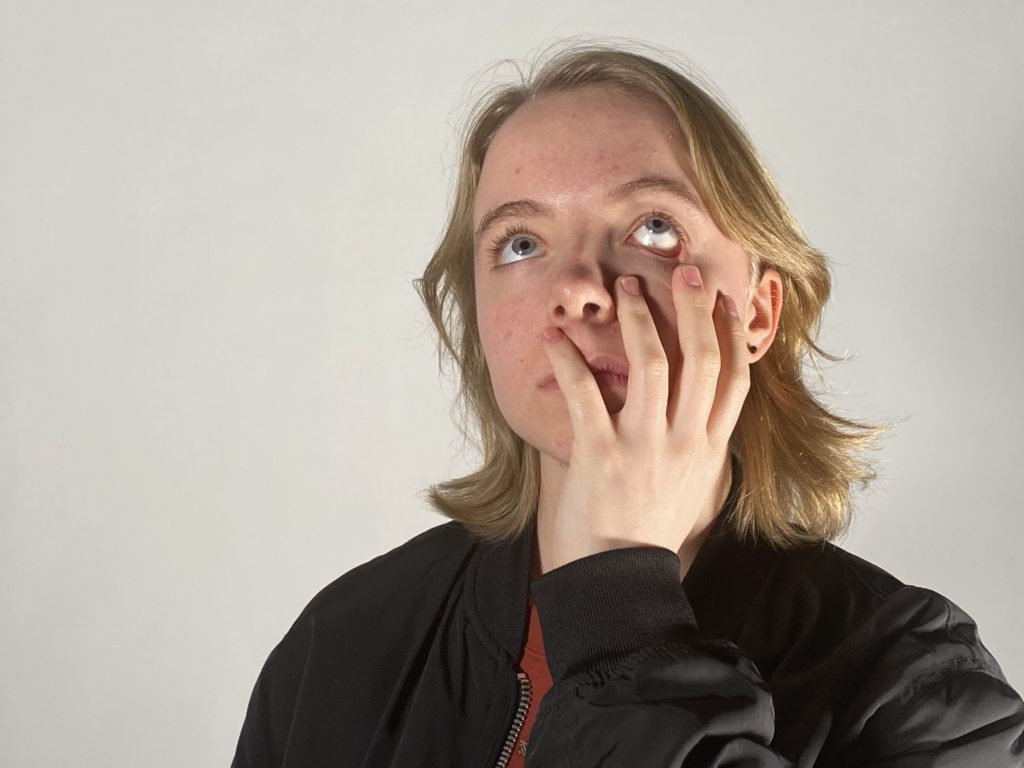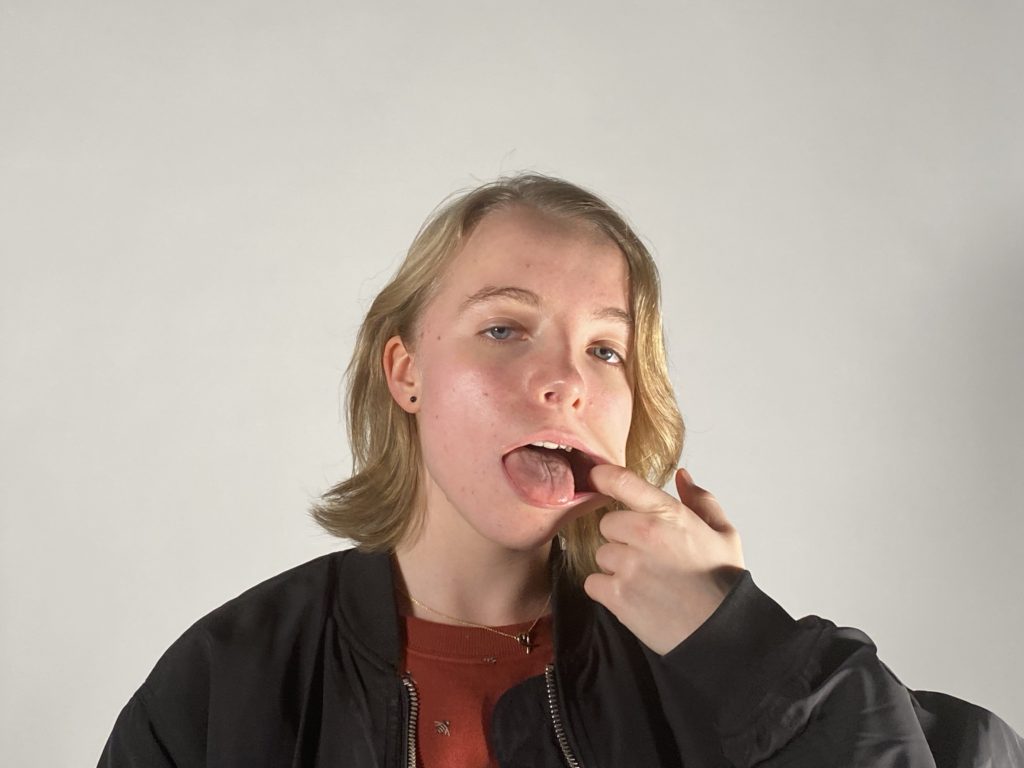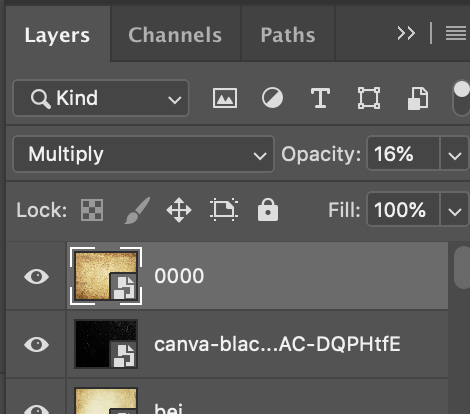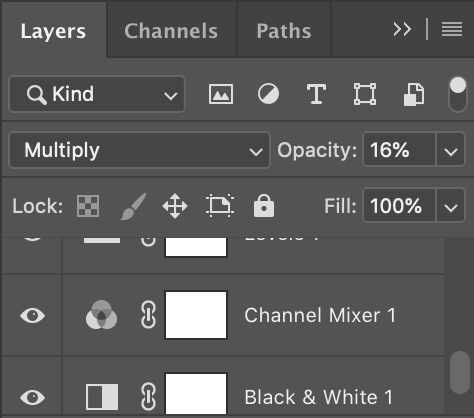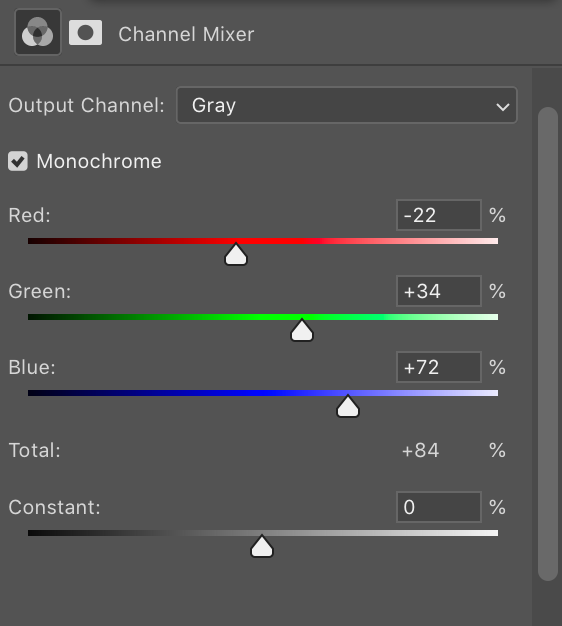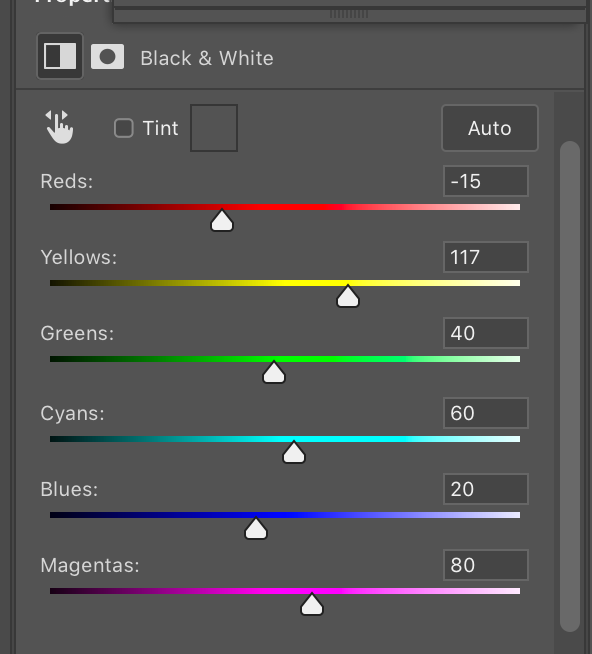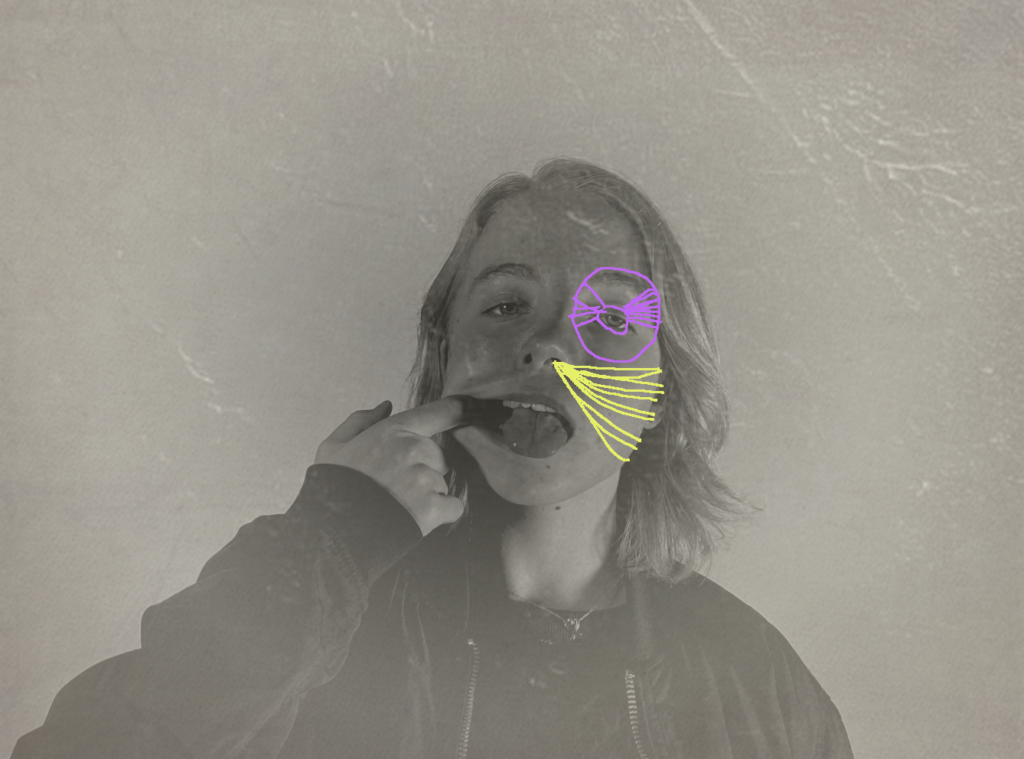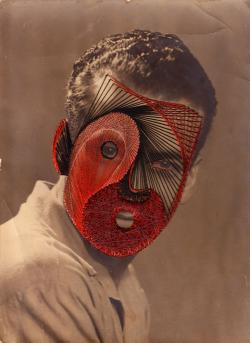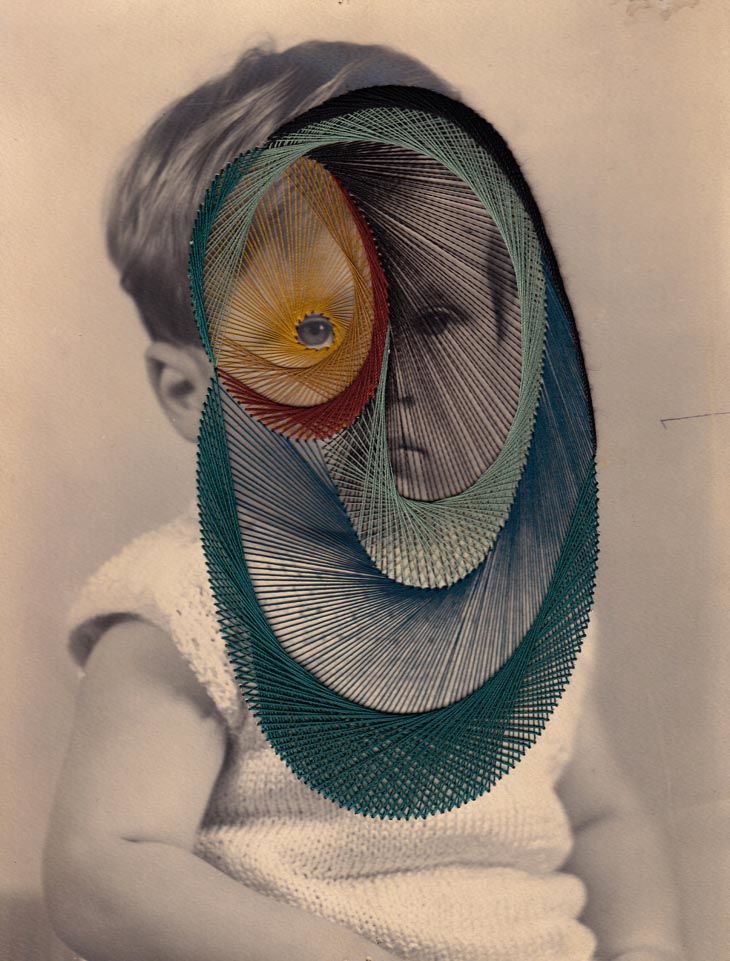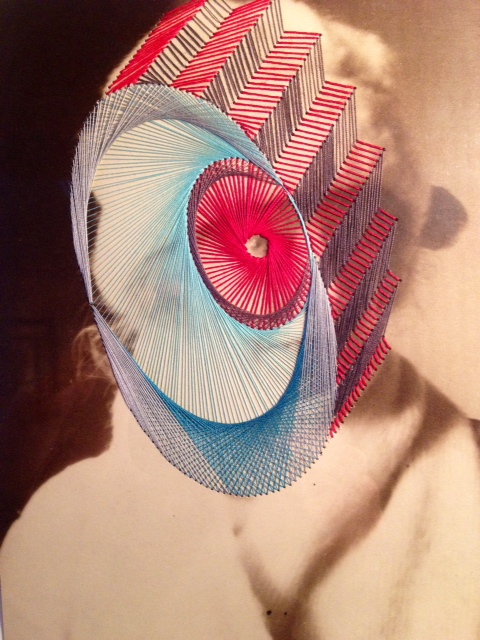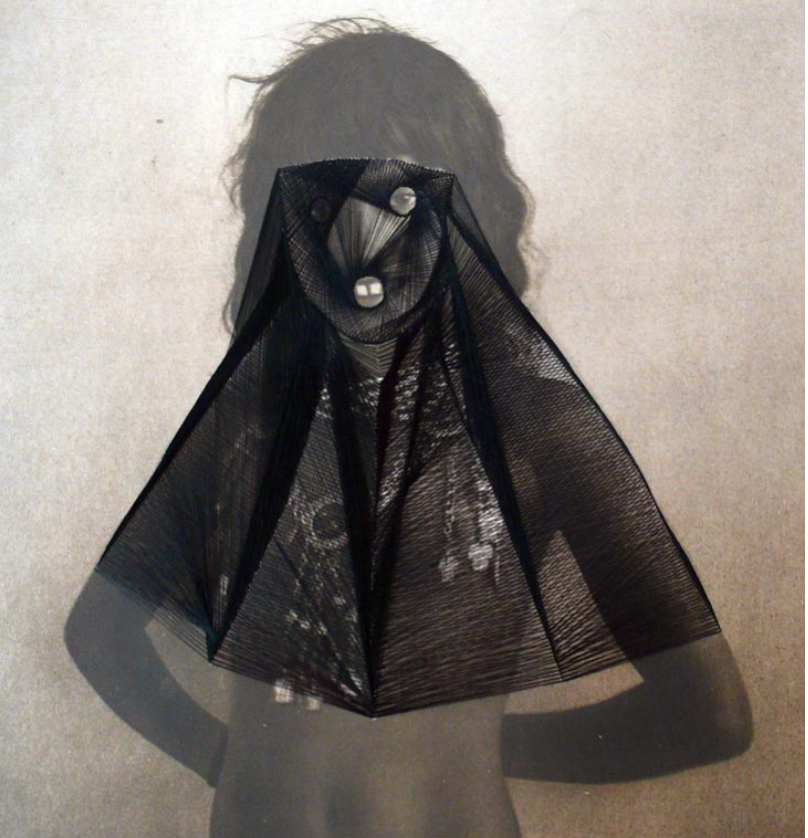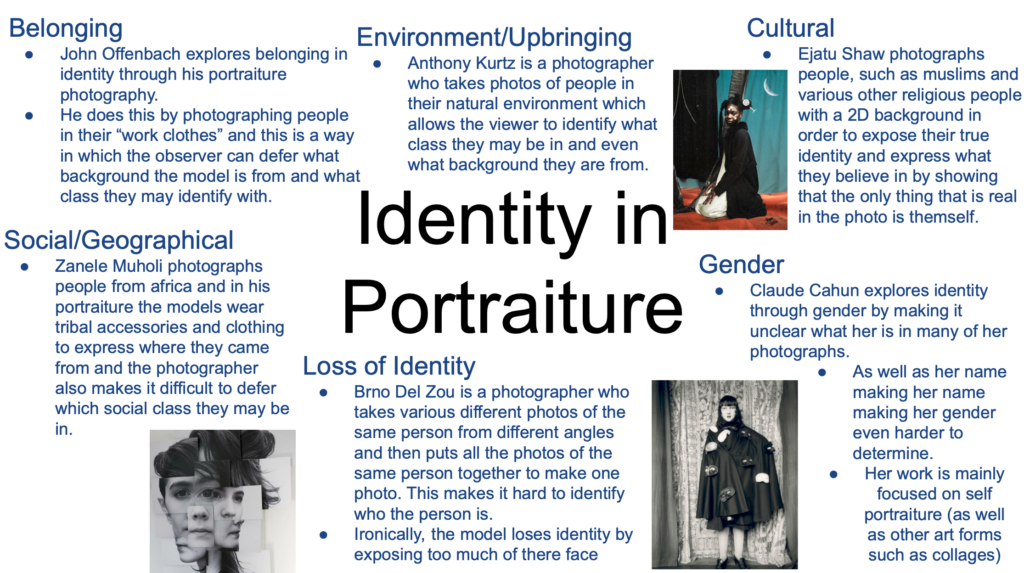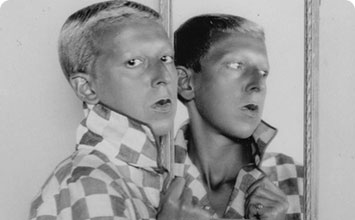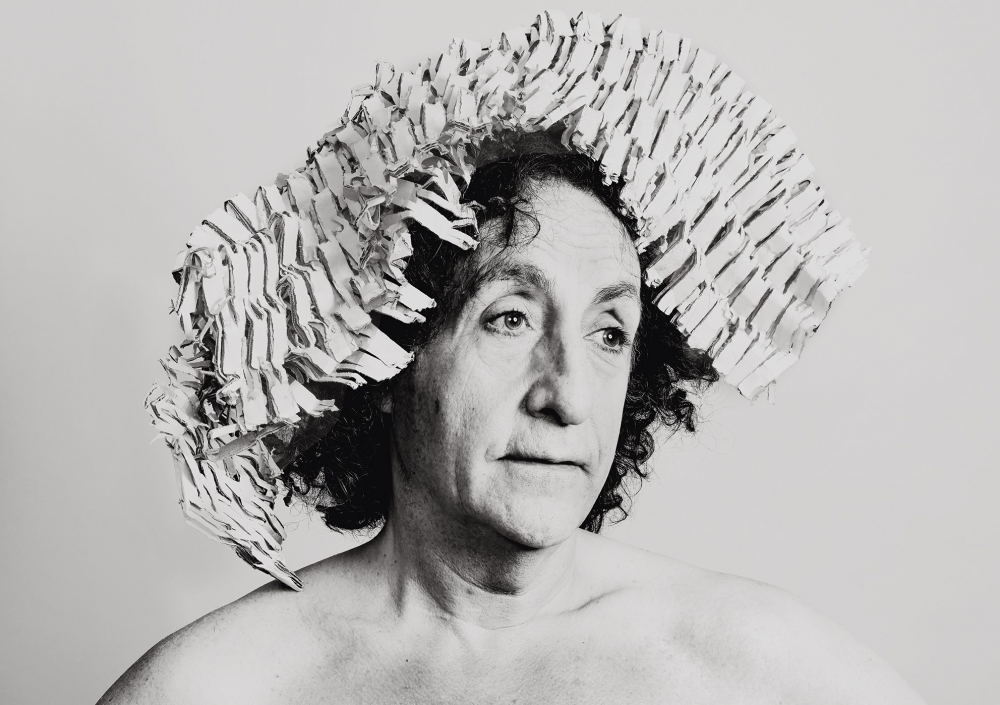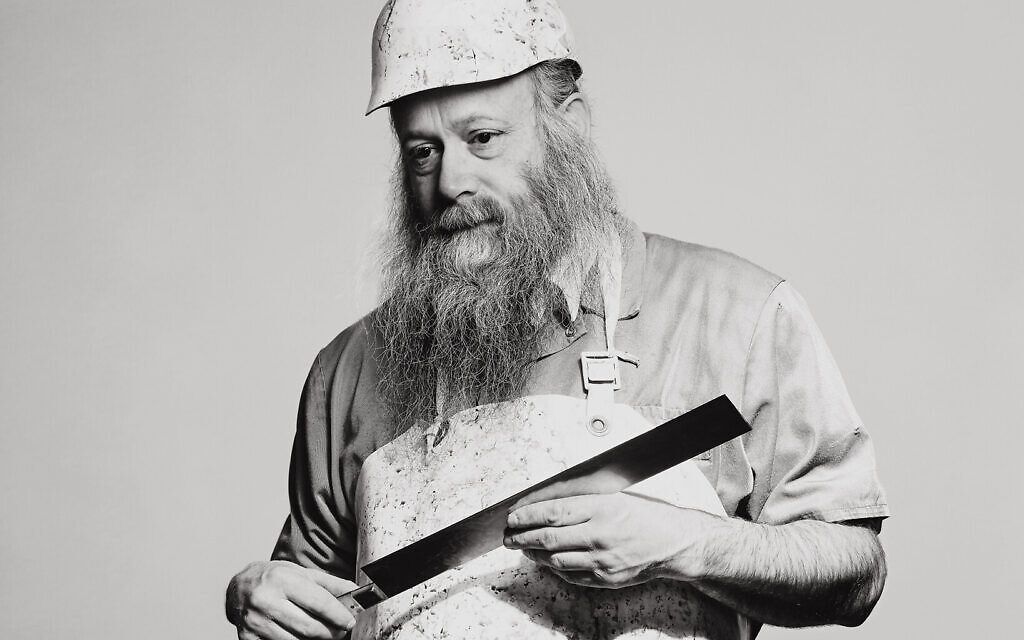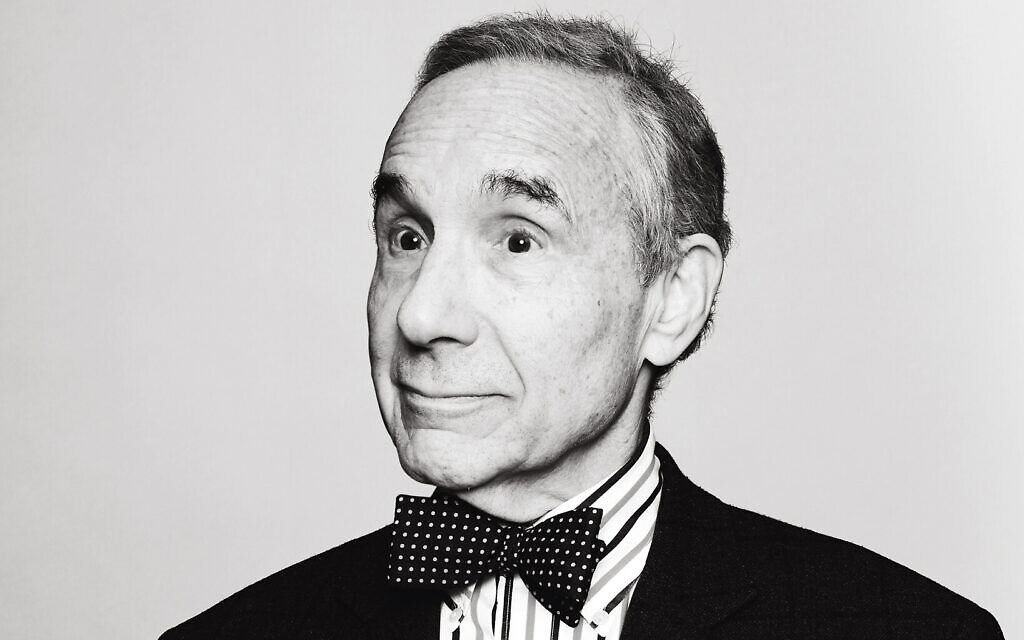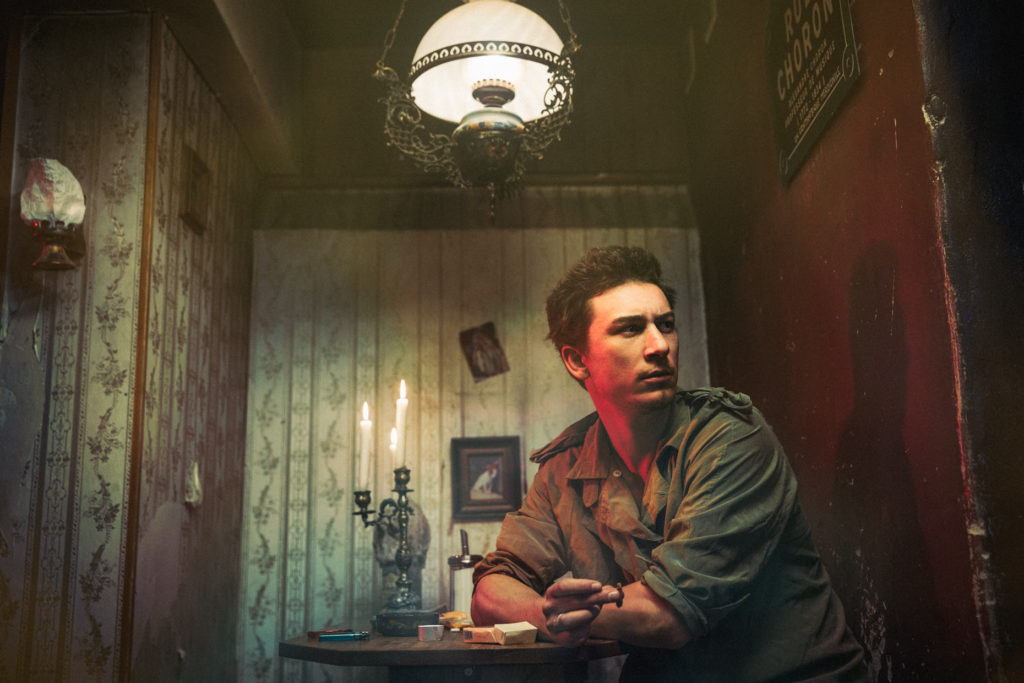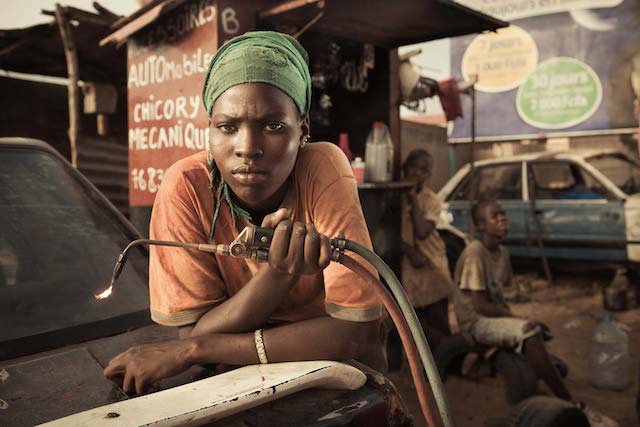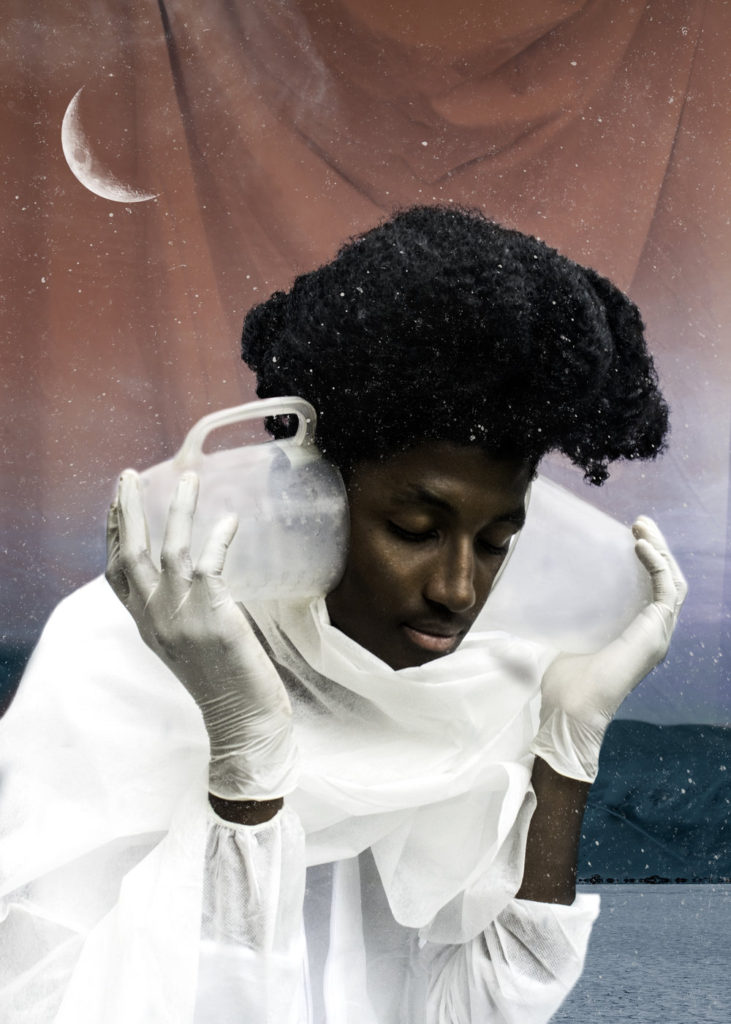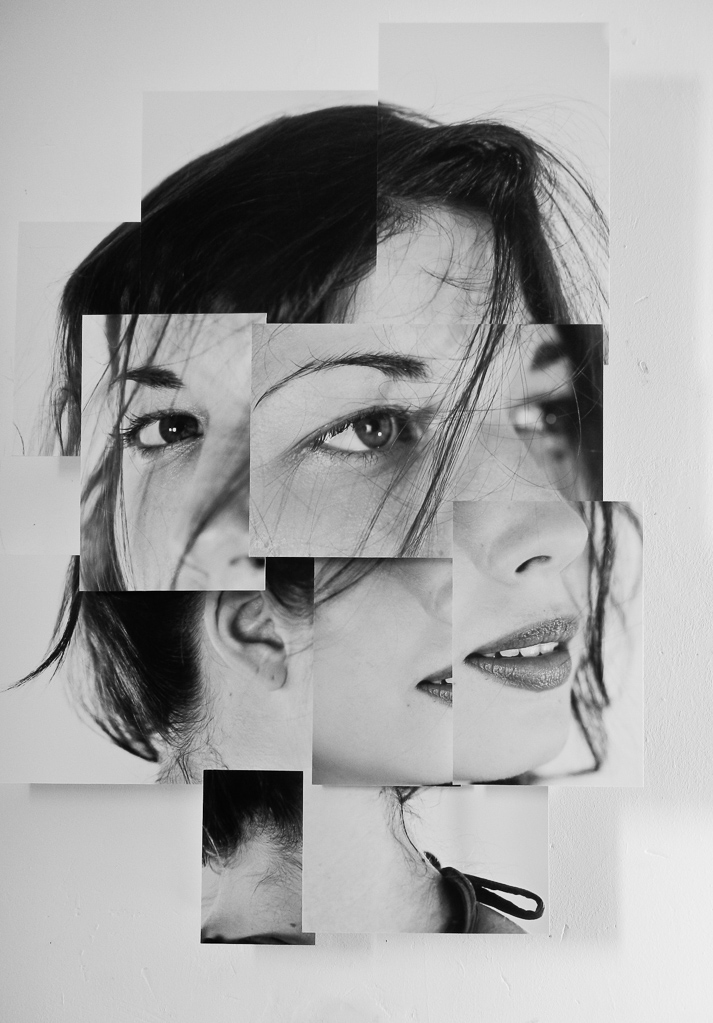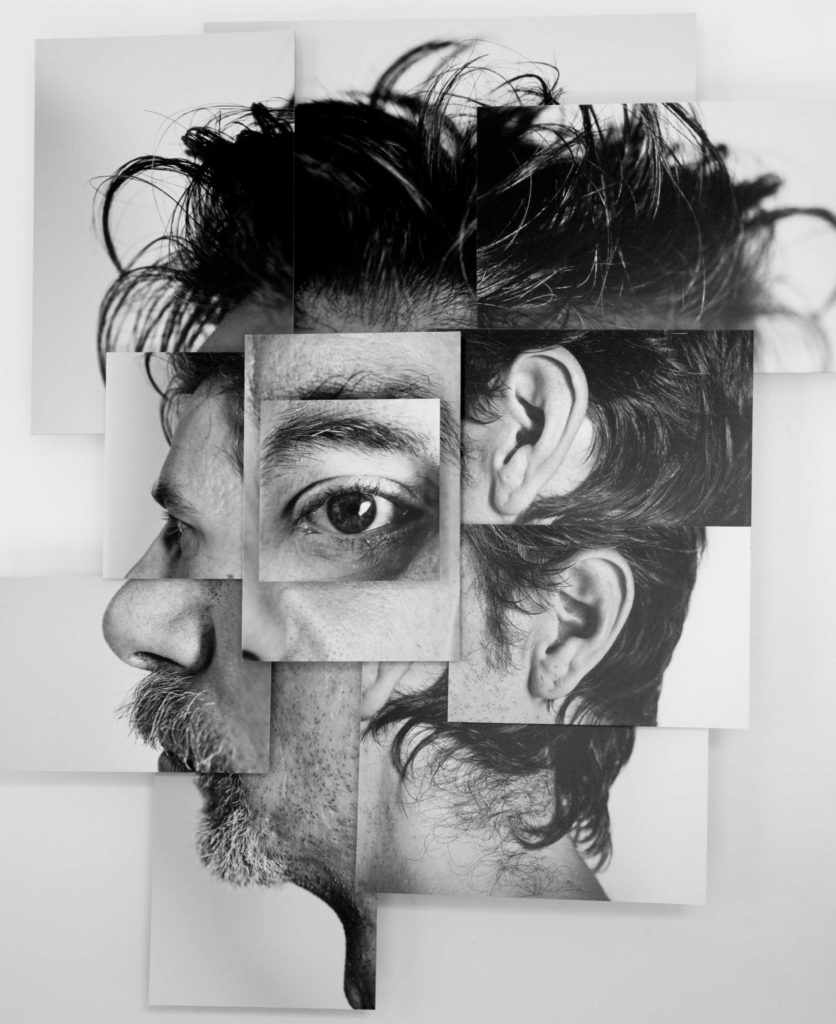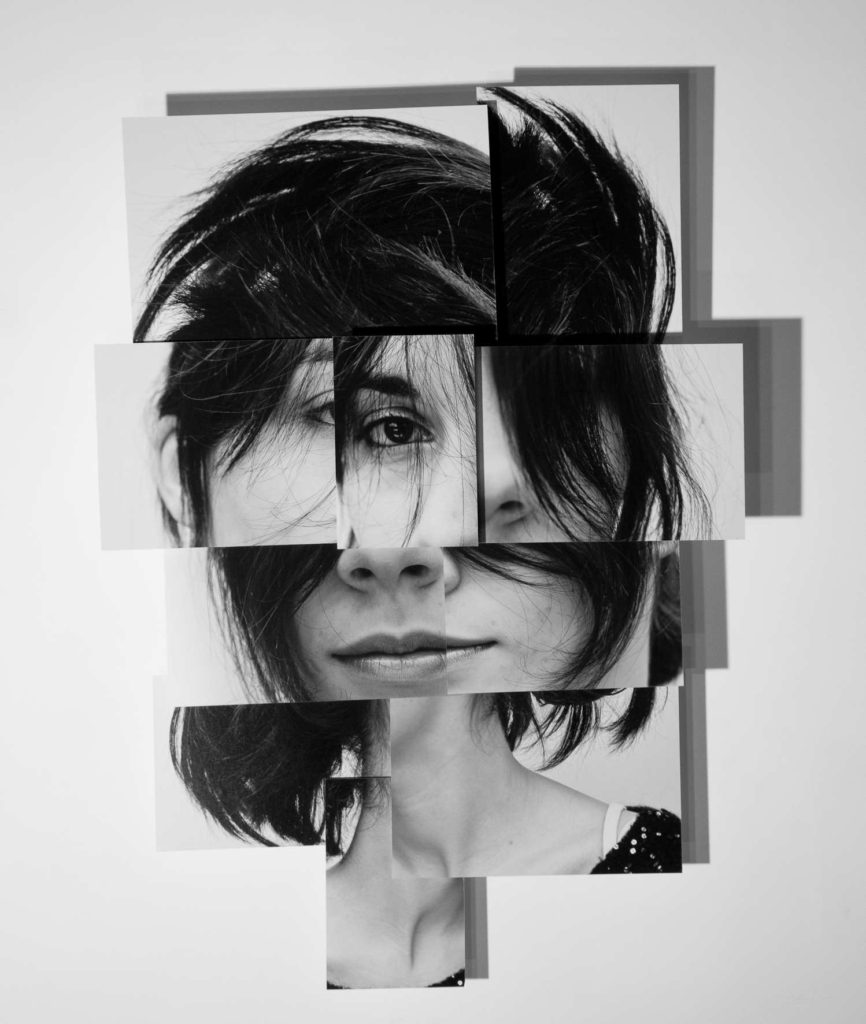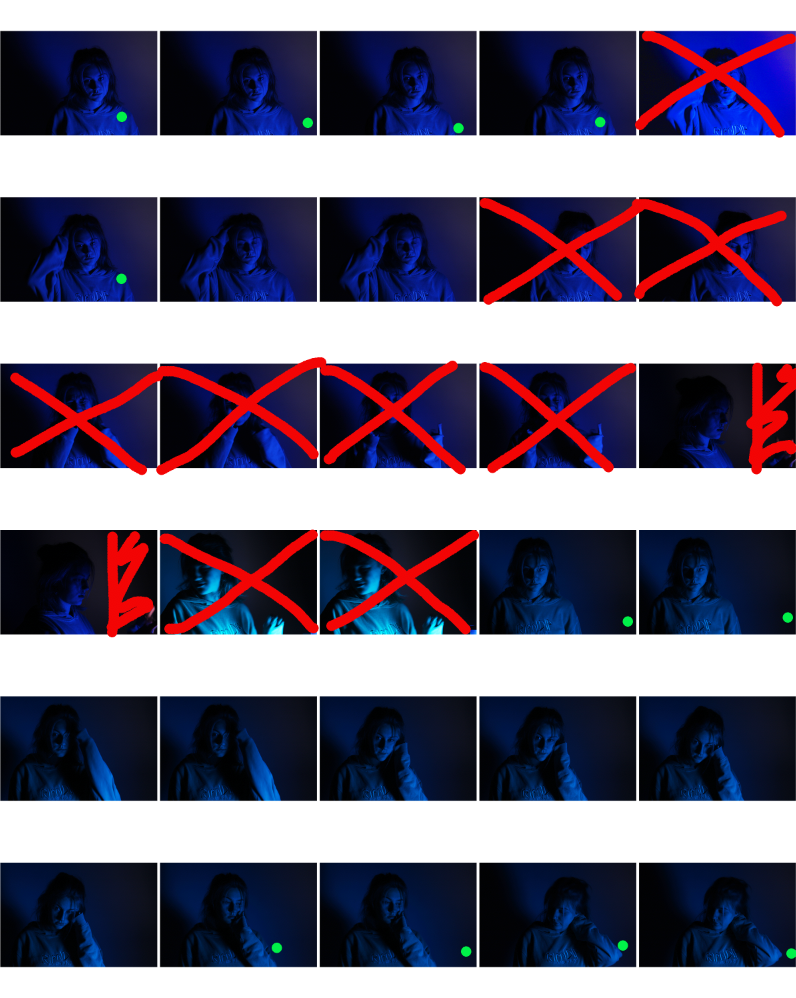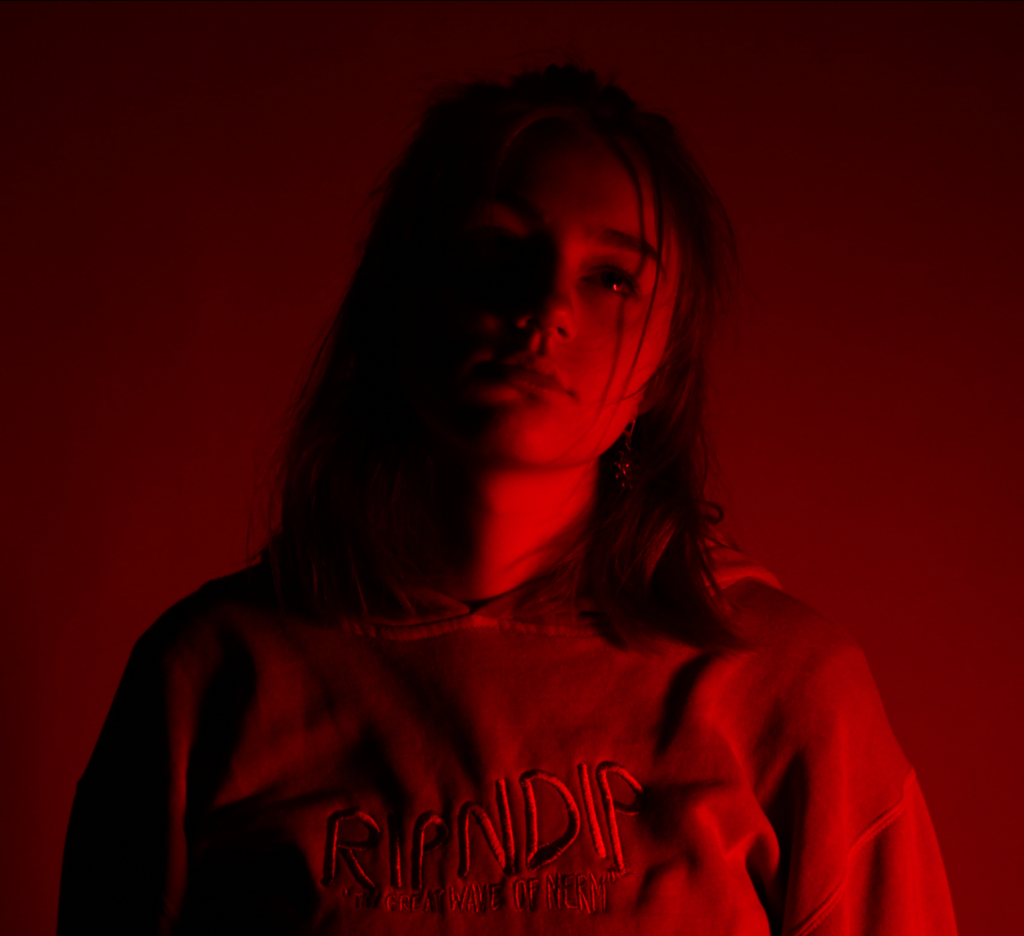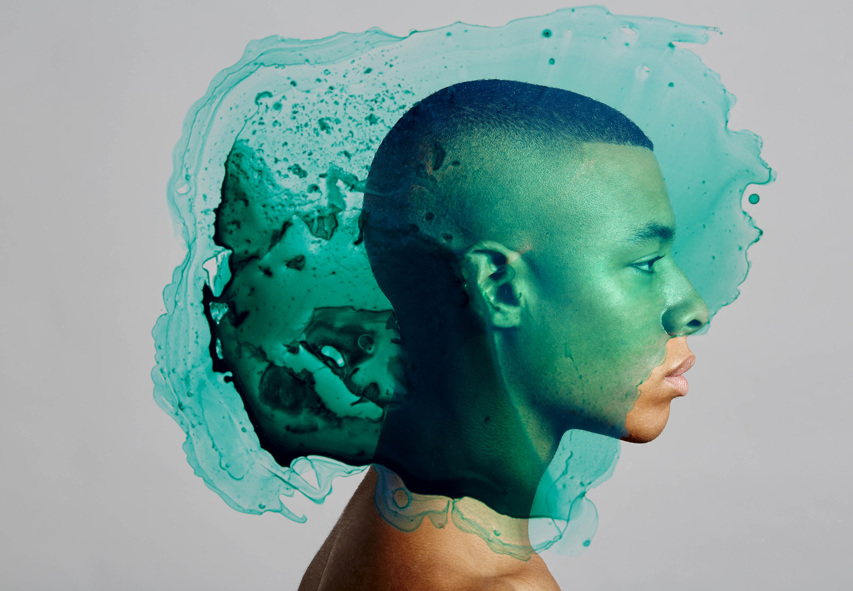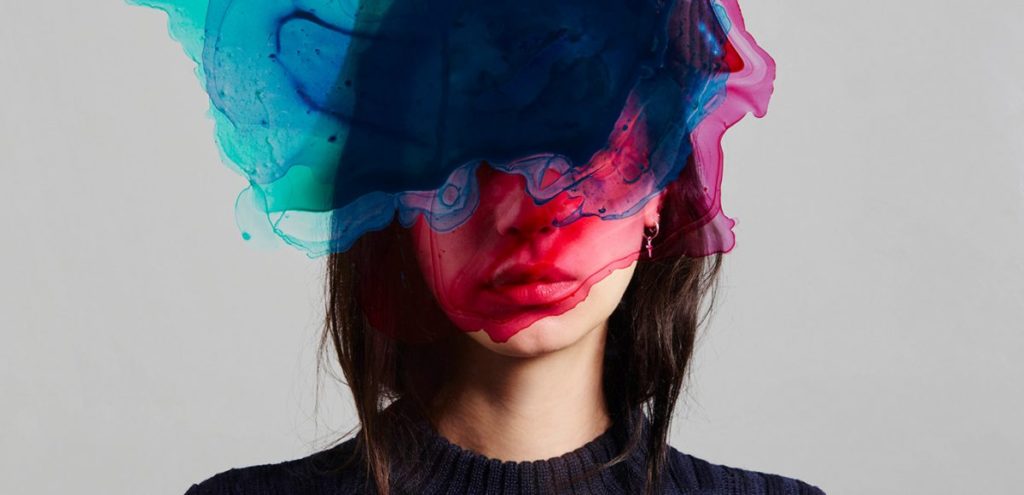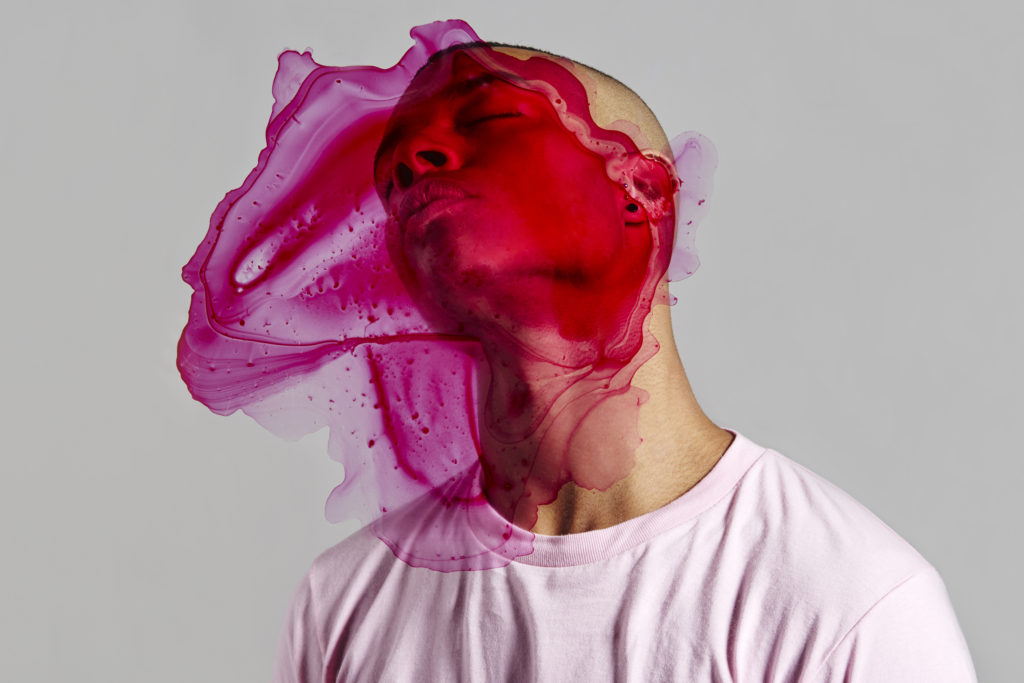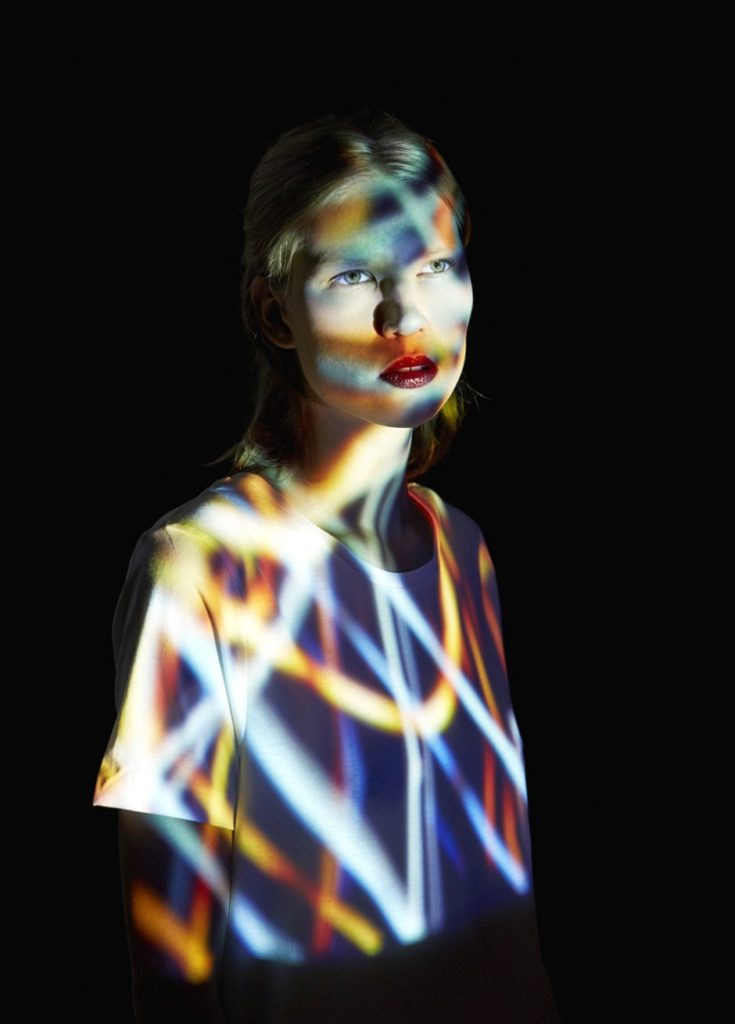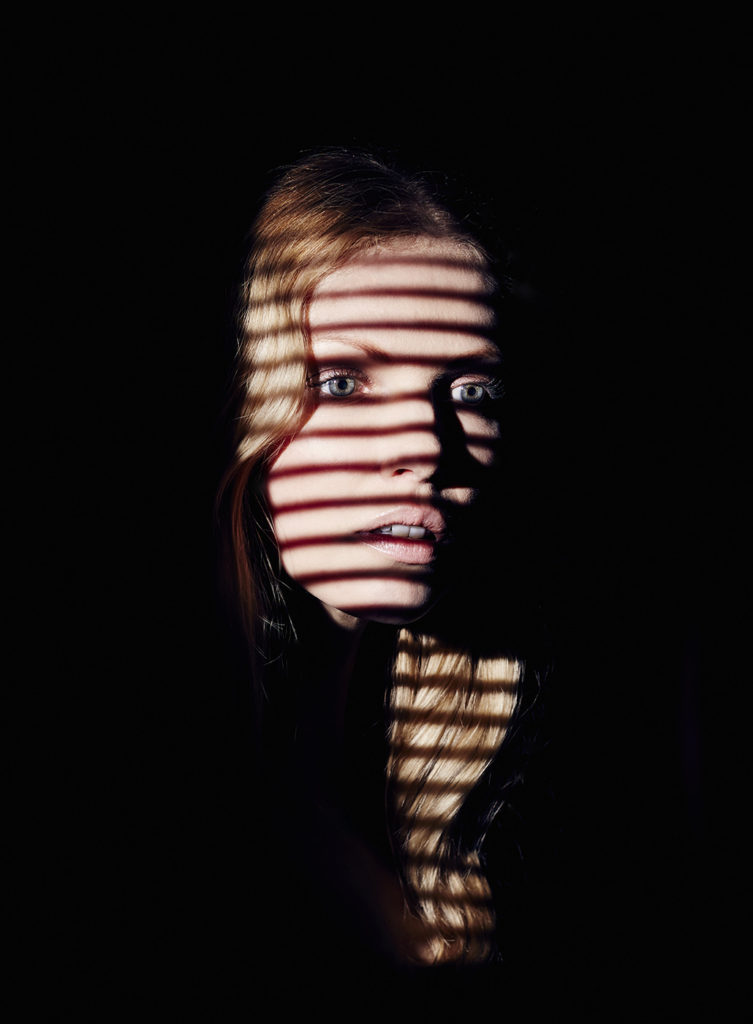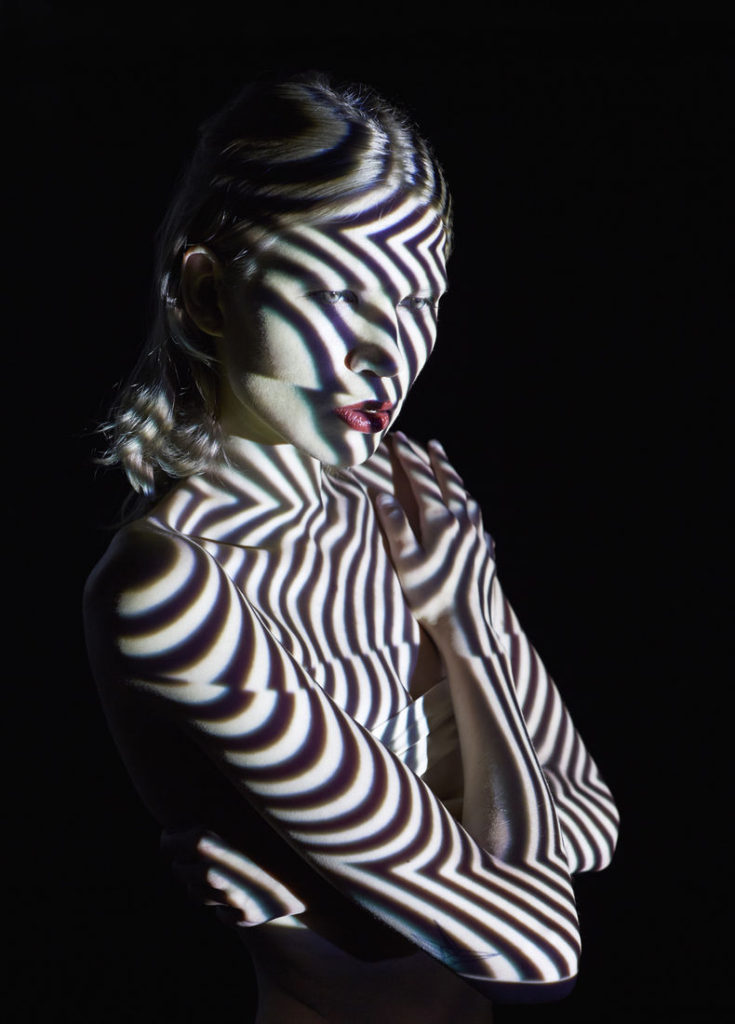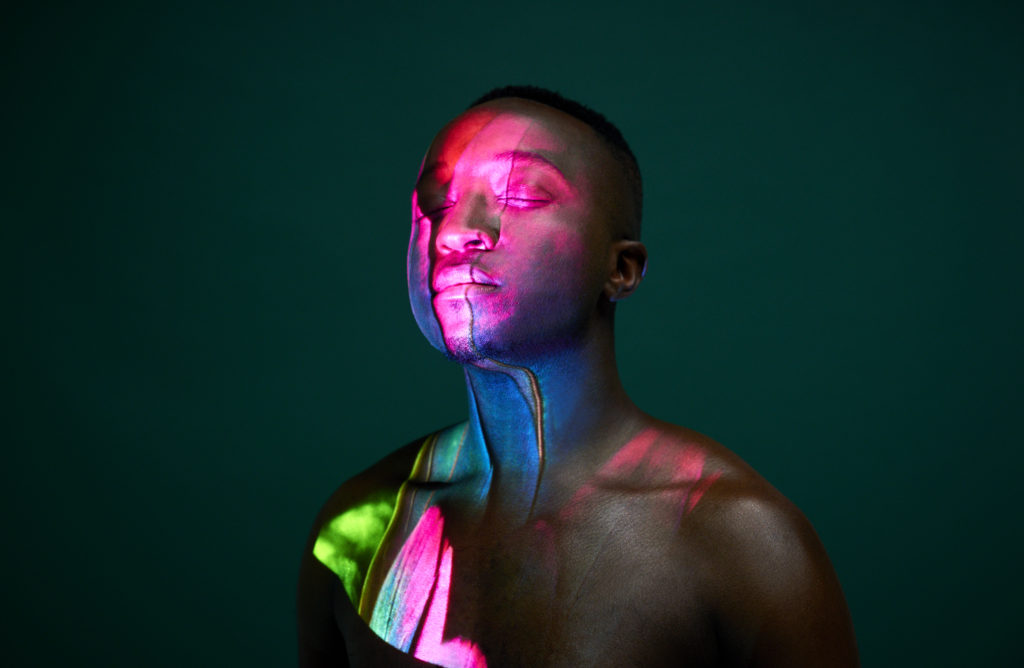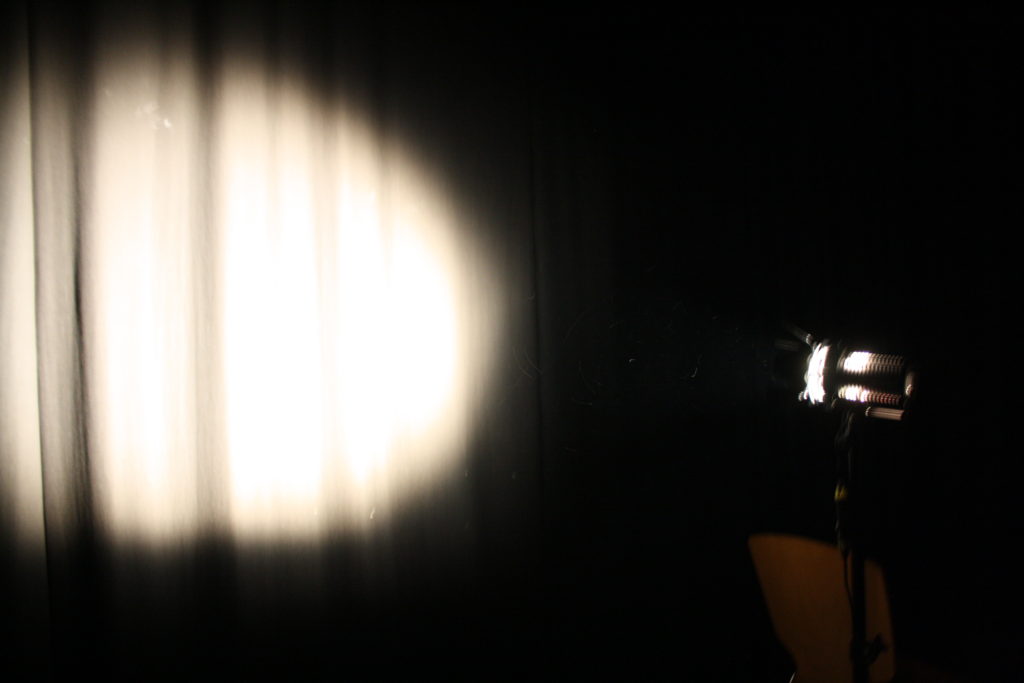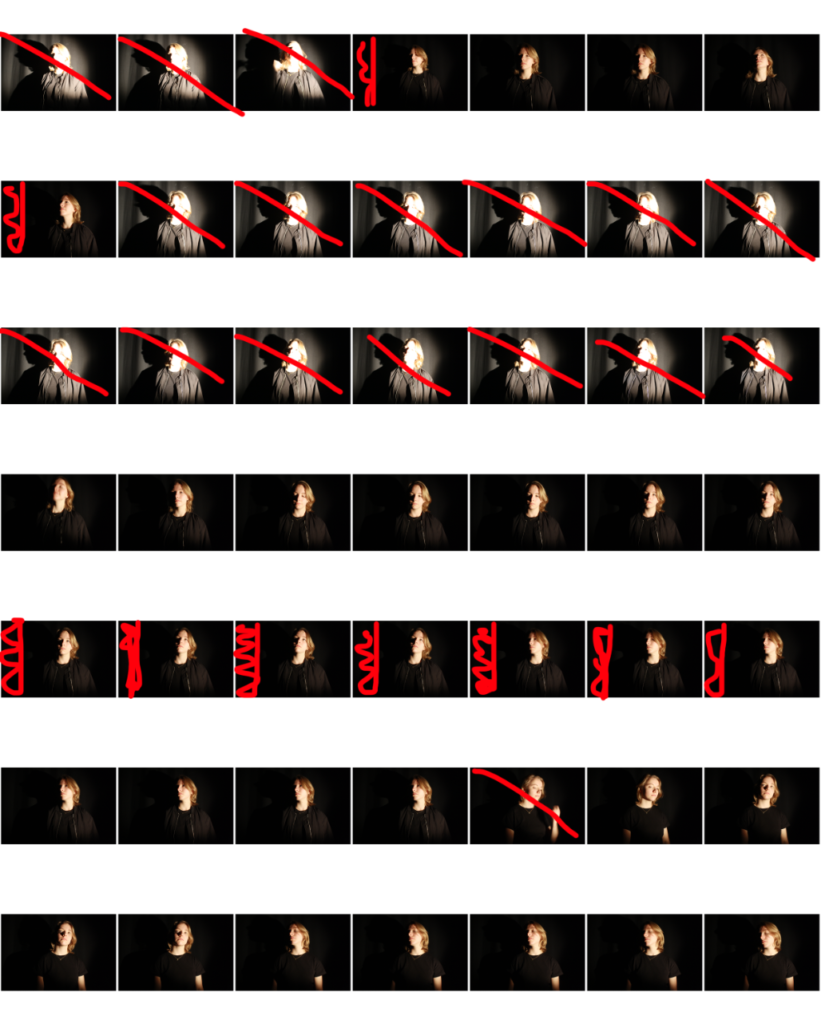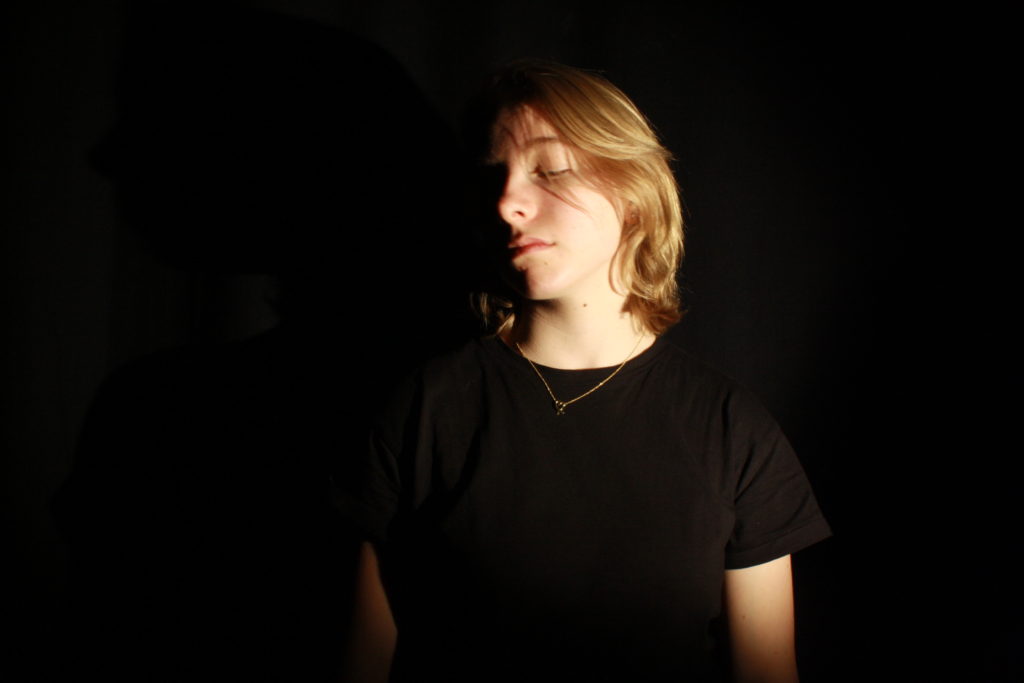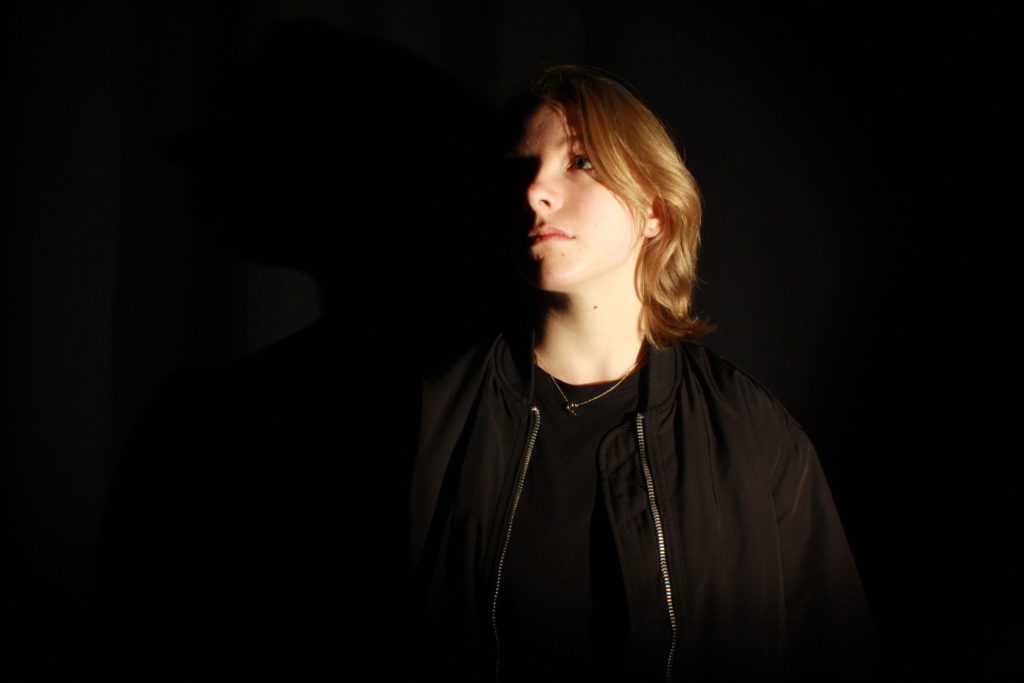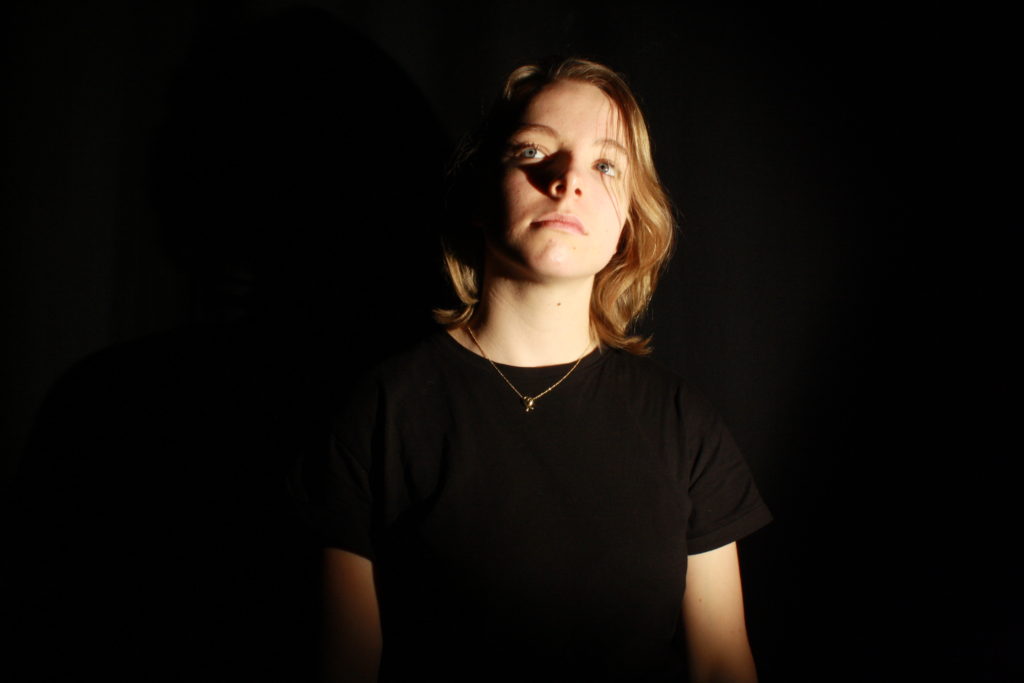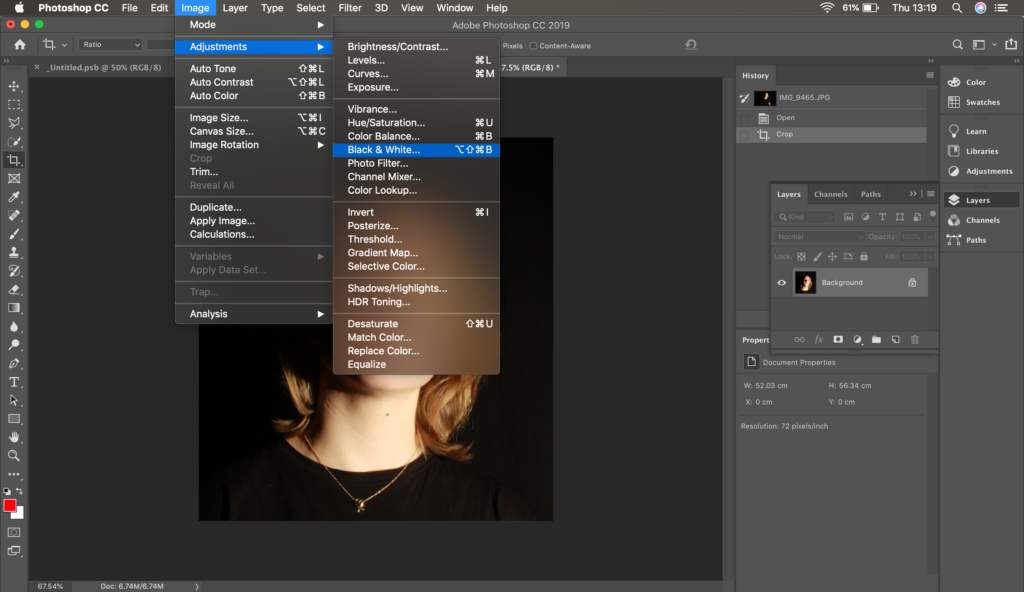In this photoshoot I took the photos in the studio using a ring light to get the brightness and exposure that I wanted in the images below as the light exposes the face perfectly. The models I used were asked to pull different facial expressions that were similar to the some of models facial expressions in Lee Jeffries’ photos. I also used a spot light for a different part of my shoot as I wanted to change the background in order to make the image look darker.I have chosen not use some of my photographs as the models were not always pulling the right facial expressions. I have also chosen to crop some parts of the images to make them more symmetrical. My best images were the ones where the models were pulling the correct facial expression, such as neutral. Overall I think I prefer the majority of the photos with the black background over the photographs where I used the ring light as I want my photos to be darker and gloomier to match Lee Jefferies’ style.
My Best Photos
I have specifically chosen these photographs as my best images as because they had the best lighting on the models face and in the background/the models had the best facial expressions. These images were also the most in focus due to the camera being on a tripod keeping the camera steady.
Editing one of my best images
I have edited one of my best images from this photoshoot to look more like Lee Jeffries work. I have made the photo black and white and I have intensified this by lowering the red and yellow tones do allow more contrast to be seen. This image was one of the most successful as it was the most in focus and you can see minute details such as the freckles on the models face, similarly to some of Jefferies’ models. I have also edited the photo to be in black and white because the loss of colour links to the sub theme “loss of identity”. The photo also links to this theme as the background tells the observer no further information about what the model is like personality wise or what their life is like as well as what their past/background is like. I cropped the image in order let the observer focus more on the details of the models face, this is similar to what Jefferies does with his own photography.

